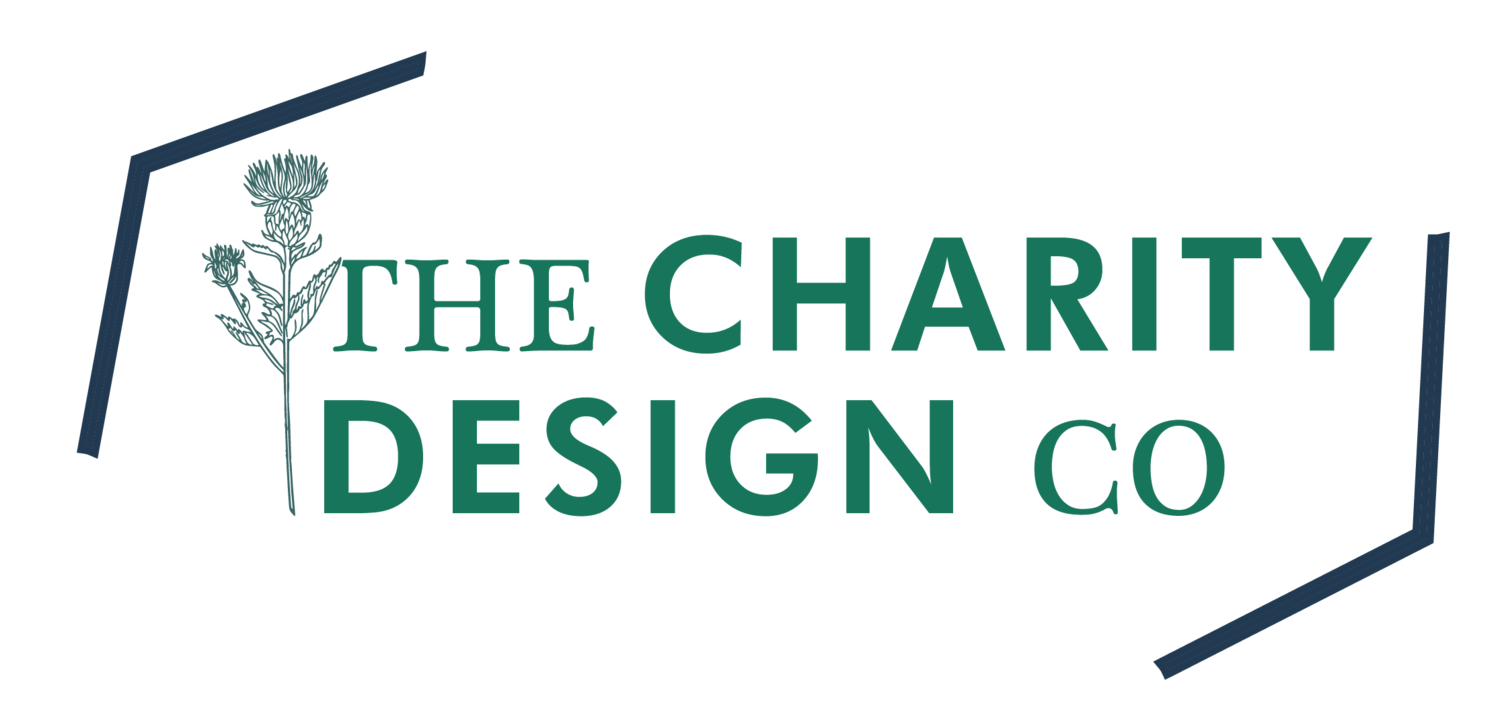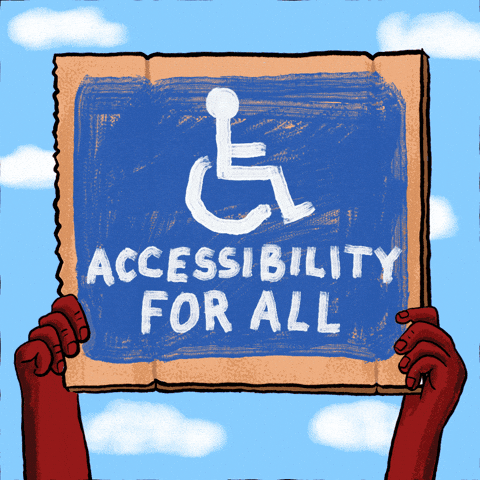HOW ACCESSIBLE DESIGN BOOSTS YOUR MISSION’S REACH
In our interconnected world, where nonprofits strive to touch as many lives as possible, ensuring that all individuals can engage with your content is not just a nice-to-have—it's essential. Accessible design is about creating digital spaces that welcome everyone, regardless of their abilities or disabilities. It's a vital component of an effective digital strategy that can substantially increase your organization's reach and impact. For nonprofit leaders keen on maximizing their mission’s potential and fostering inclusivity, understanding and implementing accessible design is a crucial step forward.
Accessible design goes beyond compliance with legal standards; it embodies the core values of equity and inclusion that are fundamental to most nonprofits. By adopting accessible practices in web design, social media presence, and online communications, nonprofits can remove barriers that prevent people from engaging with their message. This proactive approach ensures that individuals with disabilities—who make up approximately 15% of the global population—can participate fully in supporting causes they care about. When accessibility is prioritized from the outset rather than being treated as an afterthought, it demonstrates an organization's commitment to serving all members of society equitably.
Accessible design doesn’t just benefit those with disabilities—it enhances the user experience for everyone. Features like alt text for images or video transcripts, for example, are invaluable for visually impaired users but also help individuals in situations where audio isn’t an option or internet connectivity is limited. Likewise, intuitive navigation structures make websites more user-friendly for screen reader users while also simplifying access for older adults or those less familiar with technology. By prioritizing inclusivity from the outset, nonprofits can create platforms that are welcoming and functional for a diverse range of users.
The advantages extend beyond improved usability; they also include enhanced search engine optimization (SEO). Websites optimized for accessibility often perform better in search rankings because search engines favor sites that provide clear structure and easy navigation—key components of an accessible website. As a result, organizations see increased visibility online which translates into greater engagement from supporters who might otherwise miss out on learning about vital initiatives.
Embracing accessible design principles not only fosters stronger connections with current donors and volunteers but also attracts new supporters who value inclusivity. For example, when potential supporters see your organization prioritizing accessibility—such as offering large print options or clear, easy-to-understand language in communication materials—they are more likely to resonate with your values-driven mission. This alignment can inspire deeper engagement and long-term involvement.
Accessible design is crucial for building and maintaining a strong brand reputation, particularly among key stakeholders such as government agencies that allocate funding based on compliance with standards like the Web Content Accessibility Guidelines (WCAG). For nonprofits, prioritizing accessibility not only enhances credibility but also opens the door to funding opportunities that might otherwise remain out of reach due to non-compliance issues uncovered during evaluations.
By embracing accessibility, organizations position themselves as trustworthy and forward-thinking, which can significantly impact their long-term sustainability. Regular audits and adherence to accessibility standards ensure continuous improvement, helping nonprofits achieve their goals and maintain alignment with funding requirements. Ultimately, accessible design is not just a regulatory necessity but a strategic advantage that reinforces trust, fosters inclusivity, and highlights an organization’s commitment to creating a more equitable and accessible future for all!









